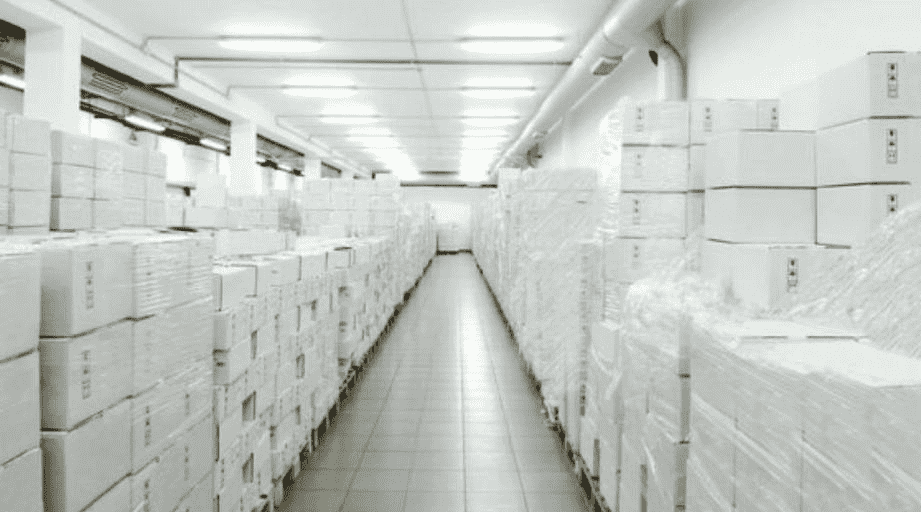India’s booming warehouse market: Tracing the growth story and opportunities.
Warehousing is a fundamental part of business infrastructure and is one of the key enablers in the global supply chain. India’s warehousing sector has seen a tremendous change over the decades from being unorganized godown structures to getting recognized as a prominent asset class. While the sector was witnessing growth on the back of India’s burgeoning consumer market, a boom in organized retail, changing consumer behaviors, and regulatory measures, the pandemic also was a true test of this supply chain model – this model proved resilient and efficient in handling surging demand across the country when the whole nation was under a lockdown. The pandemic thus resulted in the improvisation of the supply chain with last-mile delivery, in-city distribution, and various other hybrid models. All these required a modern warehouse which is now a focus area for developers as well as occupiers. According to ‘Research and Markets’, India’s warehousing market is expected to reach INR 2,872.10 bn by 2027, expanding at a CAGR of ~15.64% during 2022-2027.

Modern warehouse facilities and technology-driven solutions have changed the warehousing sector in India in recent years. With increased demand and supply throughout the years, the Indian warehousing industry is gaining traction.
Key Industry Drivers:
- Government initiatives: The government's warehousing policy focuses on creating exclusive warehousing zones through public-private partnerships in order to reduce transportation and logistics costs and accelerate growth. The government will invest US$ 91.38 billion (Rs. 7.5 lakh crore) in infrastructure, logistics development, and multi-modal connectivity in FY23. Reforms such as GST and e-way bills are fostering industrial growth, consolidation, and efficiency. The introduction of free trade logistics parks and warehousing zones.
- Global manufacturing shift: Demand for warehouse alternatives and logistics services has increased as a result of international firms relocating their manufacturing focus to India. The Production Linked Incentive (PLI) scheme is increasing domestic production and, as a result, increasing demand for industrial space and warehousing.
- New-age startups: The emergence of new-age tech logistics startups that are aggressively infiltrating this market and producing competing products. Several new businesses are entering the B2B market, driven by manufacturing. New players are introducing more technology and digital systems to boost productivity, resulting in overall industry growth.
- Technology advancement : Solutions based on modern technology are opening up chances for solution expansion throughout the entire value chain. Warehouses are being designed and integrated with technologies such as the Internet of Things (IoT), robotics, and artificial intelligence (AI).
- Flourishing e-commerce : An increase in e-commerce leads to expanded operations to meet increased demand. Consumer behaviour is changing, and they are demanding convenience through last-mile connectivity, ease of returns, and other value-added services. The expansion of Direct-to-Consumer (D2C) brands demanding end-to-end logistics services. Omni-channel retailing increases the need for several warehouses to serve end users.
Investment Trends:
Foreign corporations are actively investing in India’s logistics infrastructure to capitalize on the country’s strategic location, trained labour, and improved business environment. The development of industrial and logistics parks, as well as data centres, is a new bright spot on the Indian real estate heatmap. In 2022, these two segments received US$ 1.8 billion in Private Equity (PE)/ Venture Capitalist (VC) investments, representing a 29% increase year on year. The industry garnered investments worth US$ 1 billion (Rs. 8,257 crore) at the beginning of 2022. The logistics and industrial industries’ quarterly average investment was around 1.3 times more in 2021 than it was in 2021 when it was US$ 335.69 million (Rs. 2,755) crore. Over the last four years (2019-2022), the warehouse and logistics sector has received a total institutional investment of US$ 5.4 billion, with 2022 accounting for a major 35% portion.
Warehouse investment accounted for the second greatest percentage of institutional real estate investment in both 2021 and 2022, accounting for 27% and 31%, respectively, outperforming other asset classes such as residential and retail. During the four-year period 2019-2022, the western area of the country – led by Mumbai, Pune, and Becharji, (a tiny town in Gujarat) – witnessed the second-greatest institutional investment in warehousing, accounting for 35% of total investment in the industry, demonstrating the increased confidence that investors have in the nation’s Tier II cities.
Road Ahead:
The warehousing and logistics industry in India is a dynamic and rapidly growing sector that is expected to play an increasingly important role in the country’s economy. Despite some challenges, the sector is well-positioned for long-term growth and presents exciting opportunities for investors and businesses. With the government’s focus on improving infrastructure and the rise of e-commerce, the sector is expected to be a key driver of economic growth in the country. Moreover, with the increasing adoption of technology and the government’s push for a digital economy, there is also significant potential for logistics players to leverage data analytics, artificial intelligence, and machine learning to improve operational efficiency and enhance customer experience. There are also opportunities for foreign investment as international companies look to tap into India’s growing logistics market. The government has made it easier for foreign companies to invest in the sector by allowing 100% foreign direct investment in logistics parks and warehouses.

